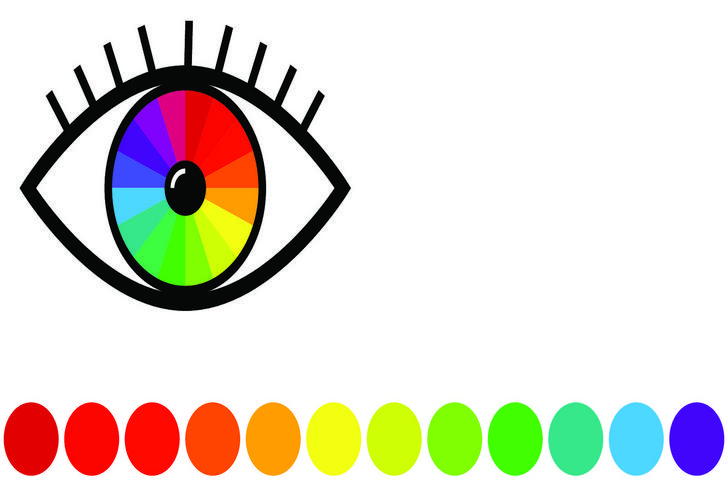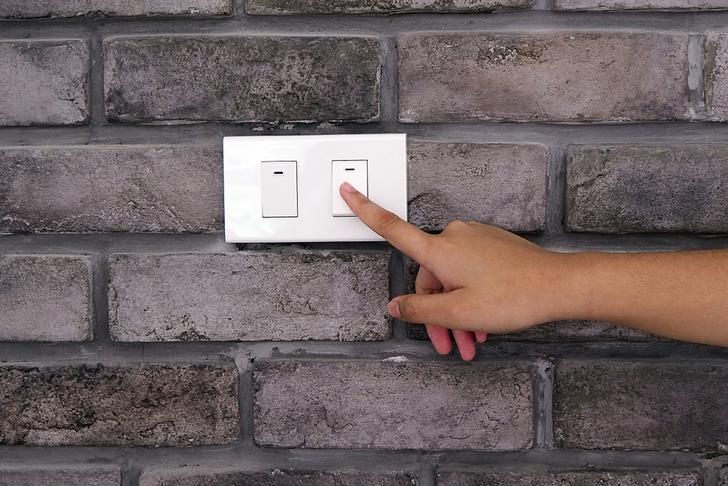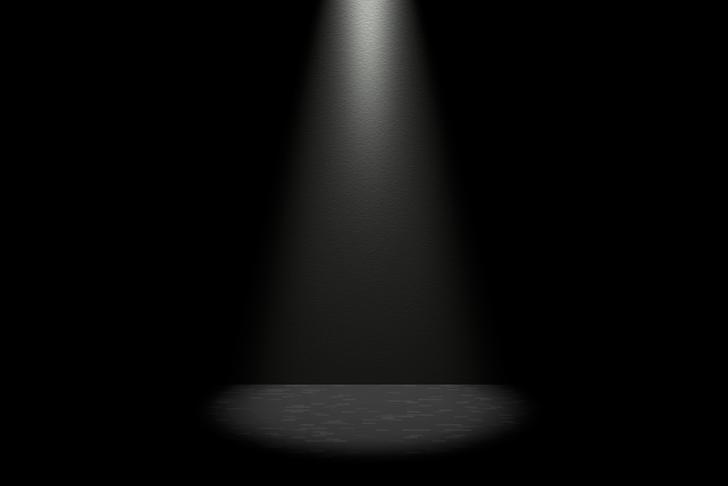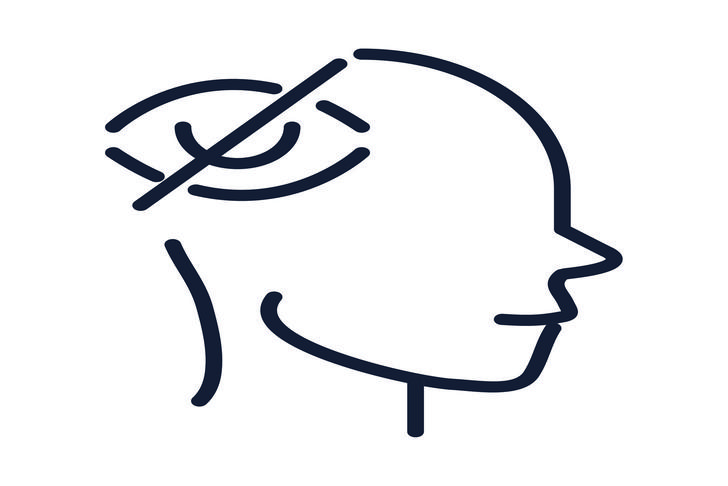10 Symptoms of Macular Degeneration
Macular degeneration is a common eye condition that affects the macula, the central part of the retina responsible for sharp, central vision. This condition can lead to vision loss and difficulty performing everyday tasks. In this article, we will discuss 10 symptoms of macular degeneration to help you recognize the early signs of this eye condition.
Blurred Central Vision
One of the first symptoms of macular degeneration is blurred central vision, which can make it difficult to read, drive, or recognize faces. This blurriness may come and go or become progressively worse over time[[1]].

Advertisement
Distorted Vision
People with macular degeneration may notice that straight lines appear wavy or distorted. This distortion can affect both near and distance vision and may make it difficult to read or see objects clearly[[1]].

Advertisement
Difficulty Adapting to Low Light Levels
Macular degeneration can cause difficulty adjusting to low light levels, such as entering a dimly lit room or driving at night. This can make it challenging to perform tasks that require good vision in low light conditions[[2]].

Advertisement
Trouble Distinguishing Colors
As macular degeneration progresses, it may become more difficult to distinguish between colors, particularly shades of blue and green. This can make it challenging to perform tasks that require color discrimination, such as cooking or selecting clothing[[3]].

Advertisement
Loss of Contrast Sensitivity
People with macular degeneration may find it difficult to see differences in contrast, such as distinguishing between shades of gray. This can make it challenging to recognize faces or see objects against a similar background[[2]].

Advertisement
Difficulty Reading
Macular degeneration can make it difficult to read, as the central vision becomes blurred or distorted. People with this condition may need to use larger print or magnifying devices to read comfortably[[1]].

Advertisement
Need for Brighter Light
As macular degeneration progresses, people may require brighter light to perform tasks that require good vision, such as reading or sewing. This increased need for light can be a sign of worsening vision due to macular degeneration[[3]].

Advertisement
Dark or Empty Areas in Central Vision
In some cases, macular degeneration can cause dark or empty areas to appear in the central vision. These areas may make it difficult to see objects or perform tasks that require central vision, such as reading or driving[[1]].

Advertisement
Visual Hallucinations
In rare cases, people with advanced macular degeneration may experience visual hallucinations, known as Charles Bonnet Syndrome. These hallucinations can include seeing patterns, shapes, or people that are not actually present[[2]].

Advertisement
Rapid Decline in Vision
While macular degeneration typically progresses slowly, some people may experience a rapid decline in vision. This can be a sign of a more severe form of the condition, known as wet macular degeneration, which requires prompt medical attention[[3]].

Advertisement
Causes of Macular Degeneration
Macular degeneration, also known as age-related macular degeneration (AMD), is a leading cause of vision loss in people aged 50 and older. The exact cause of this condition is not fully understood, but it’s thought to be a combination of hereditary and environmental factors. There are two types of AMD, known as dry (atrophic) and wet (neovascular) AMD. Dry AMD, the most common form, is characterized by the thinning of the macula, while wet AMD involves the growth of abnormal blood vessels under the retina.
Risk factors for macular degeneration include:
- Age: The risk of AMD significantly increases after the age of 50.
- Genetics: People with a family history of AMD are at a higher risk.
- Smoking: This is one of the most significant controllable risk factors for AMD.
- Race: AMD is more common in Caucasians than in other races.
- Diet and lifestyle: Diets high in saturated fat, high blood pressure, and obesity may contribute to a higher risk of developing AMD.
Advertisement
Treatments for Macular Degeneration
There’s currently no cure for macular degeneration, but some treatments can help slow its progression or improve vision:
- Vitamins and Supplements: Certain high-dose formulations of antioxidants and zinc may slow progression of dry AMD in some people.
- Anti-VEGF Therapy: For wet AMD, injections of anti-VEGF drugs can help stop the growth of new blood vessels in the retina, slowing vision loss and potentially improving sight.
- Laser Therapy: Some cases of wet AMD can be treated with laser surgery, which uses a focused beam of light to slow or stop leaking blood vessels that damage the macula.
- Low Vision Aids: These are devices that have special lenses or electronic systems to create enlarged images of nearby objects. They help people with macular degeneration make the most of their remaining vision.
Advertisement
Conclusion
Early detection of the symptoms of macular degeneration is crucial for managing this condition and preserving vision as long as possible. If you or a loved one are experiencing any of the signs of AMD, it is vital to seek a comprehensive eye examination from an eye care professional. The sooner the condition is diagnosed, the earlier interventions can begin to slow disease progression and help maintain quality of life. While there is currently no cure for AMD, appropriate treatment and lifestyle changes can significantly mitigate its impact. Be proactive about your eye health - regular eye checks can go a long way in protecting your vision.

Advertisement





